Ra-4 Hyäne Pursuit Drone
I have been asked on many occasions to provide commentary on the increasing role of combat drones in conflict and how that influences ongoing zeoform design and development. I first must begin by clarifying my relative paucity of knowledge when it comes to the area of combat drones, at least in comparison to zeoforms. This is a situation I have recently taken steps to rectify in some measure, hence my tardy start.
Secondly, however, I must also place on record my personal distaste for drones in combat roles in general. The origins of that distaste can be best summarized by beginning with a detailed examination of the GuardCorps' Ra-4 'Hyäne' Pursuit Drone.
The Ra-4 is, like many Unitas drones, a quadriform conforming to animal proportions. The Hyane's case limb length and distribution are such that it mimics pursuit predators. It has a flexible, independently-targeting dorsal weapon mounting suitable for a variety of light support-sized weaponry, most commonly seen featuring a slightly modified version of the humble SAC-53 Carbine.
All four limbs are tipped with tungsten-hardened conical claws with substantial grip strength, and the frontal sensor unit is fitted with V-blade-equipped 'jaws'. The overall design is intimidating in appearance, as intended, especially to civilians unfamiliar with combat drones.
By all accounts, Ra-4s are competent battlefield opponents, praised for their speed and tenacity. They present a considerable danger for opposing support elements, and even zeoforms that ignore their proximity can come to regret the oversight. Naturally, their most effective and therefore favored mode of attack is with 'claws and jaws' in close quarters. There, they can easily overwhelm most human-sized opponents or cause considerable damage to a zeoform by gnawing at actuator joints, exposed cabling, and other vulnerable locations.
The Ra-4 Hyäne is capable of independent action or can be networked via a drone controller for coordinated actions. Core programming for the Ra-4, in addition to considerable dedication to close combat techniques, includes protocols to act as a bodyguard unit for a selected individual. These protocols are so absolute that the drone will sacrifice itself to prevent incoming damage against its charge.
My personal difficulty with the Ra-4 Hyäne takes the form of its deployment. All too frequently, in my opinion, it is deployed as an urban pacification unit despite its inherent lack of suitability for the role. The phrase 'Release the Hyänes!' has become well-exercised as a bitter joke in reference to GuardCorps' reputation for violent overreach during civilian interactions. No checkpoint or protest can be found where at least some of these machines are not present, and they are often used to threaten and intimidate in place of de-escalating tensions and communicating directly with civilians.
As such, Ra-4s have become symbols of oppression to many, and appear to be all too readily employed as such. A number of well-publicized incidents involving the Ra-4 deepen this controversy further and provoke questions about the morality of deploying autonomous military weaponry in civilian settings.
One of the most respected analysts, known both for highly detailed breakdowns and post-engagement evaluation as well as more informal “pop” texts is “Drew Chambert” (a nom de plume). Little is known about this writer except it is evident they are or have been a zeo designer, possibly even a pilot at some point, and have some quite deep connections into both Pact and GuardCorps operations. Their writings and audiocasts are available across all one hundred heliospheres to a greater or lesser extent.

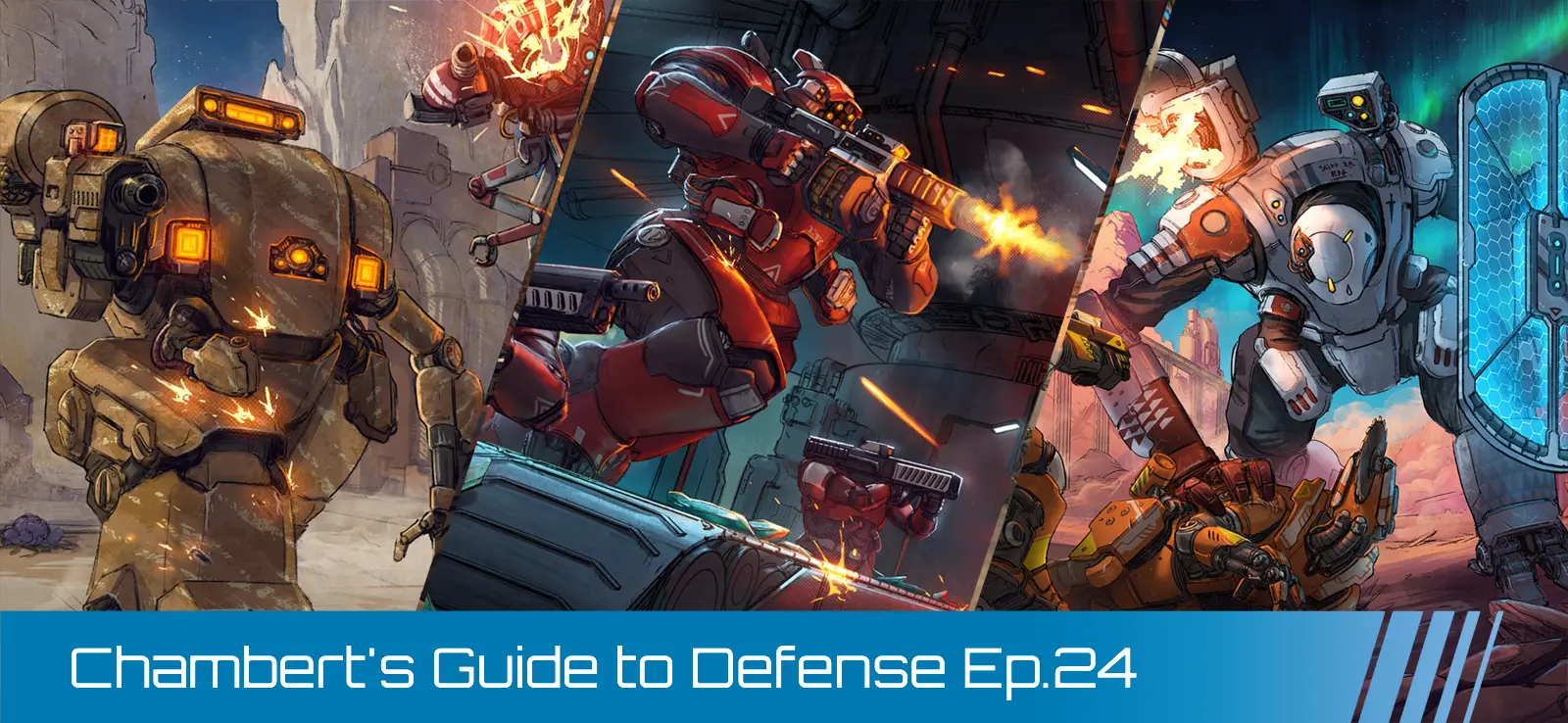




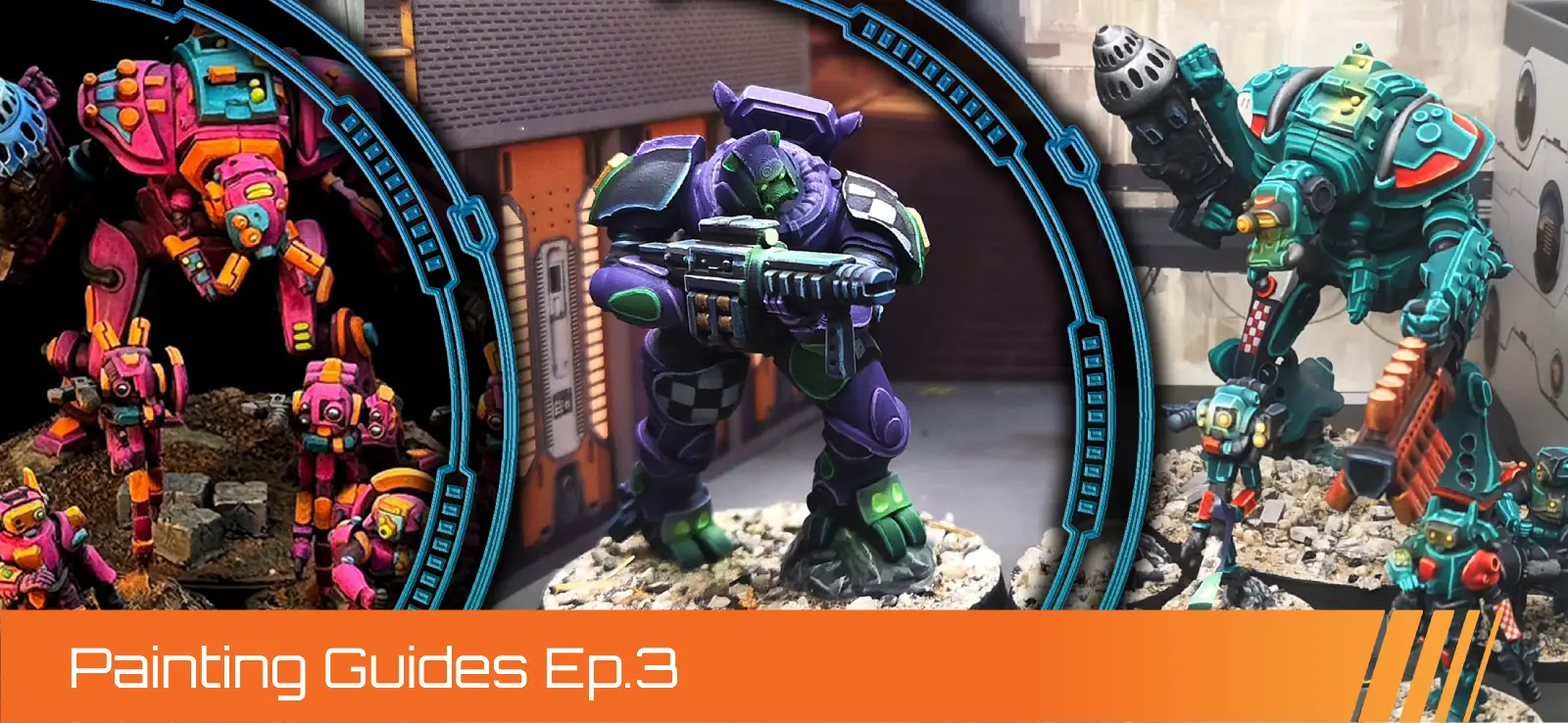
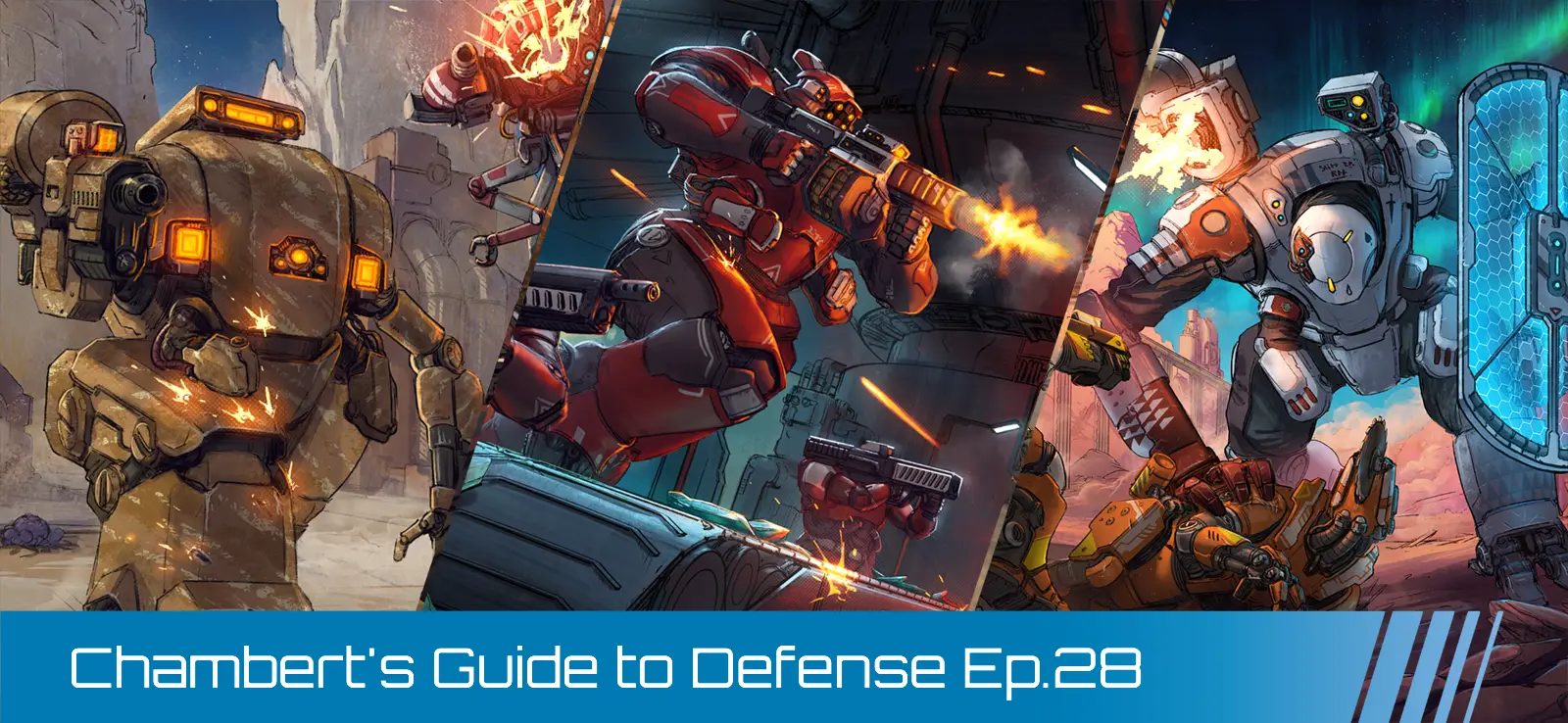
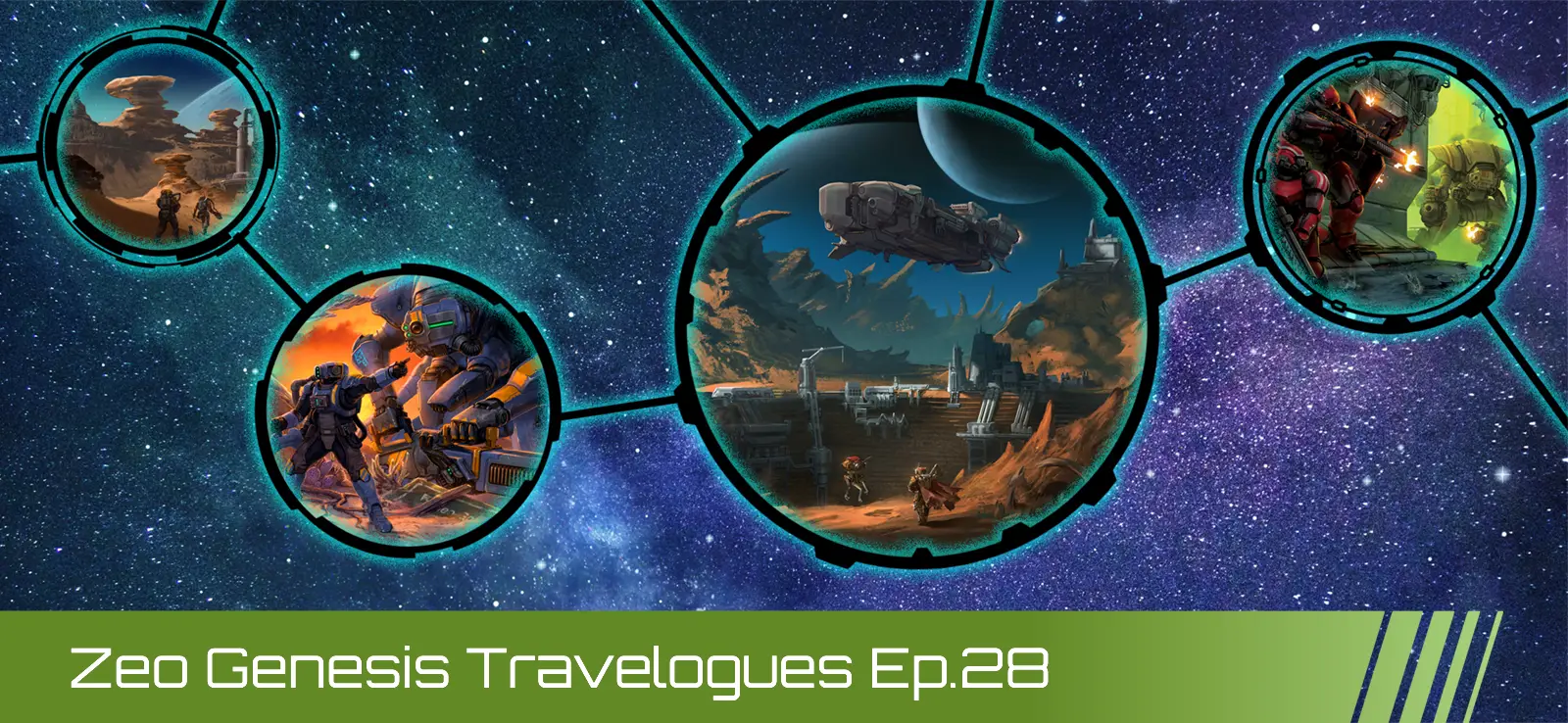
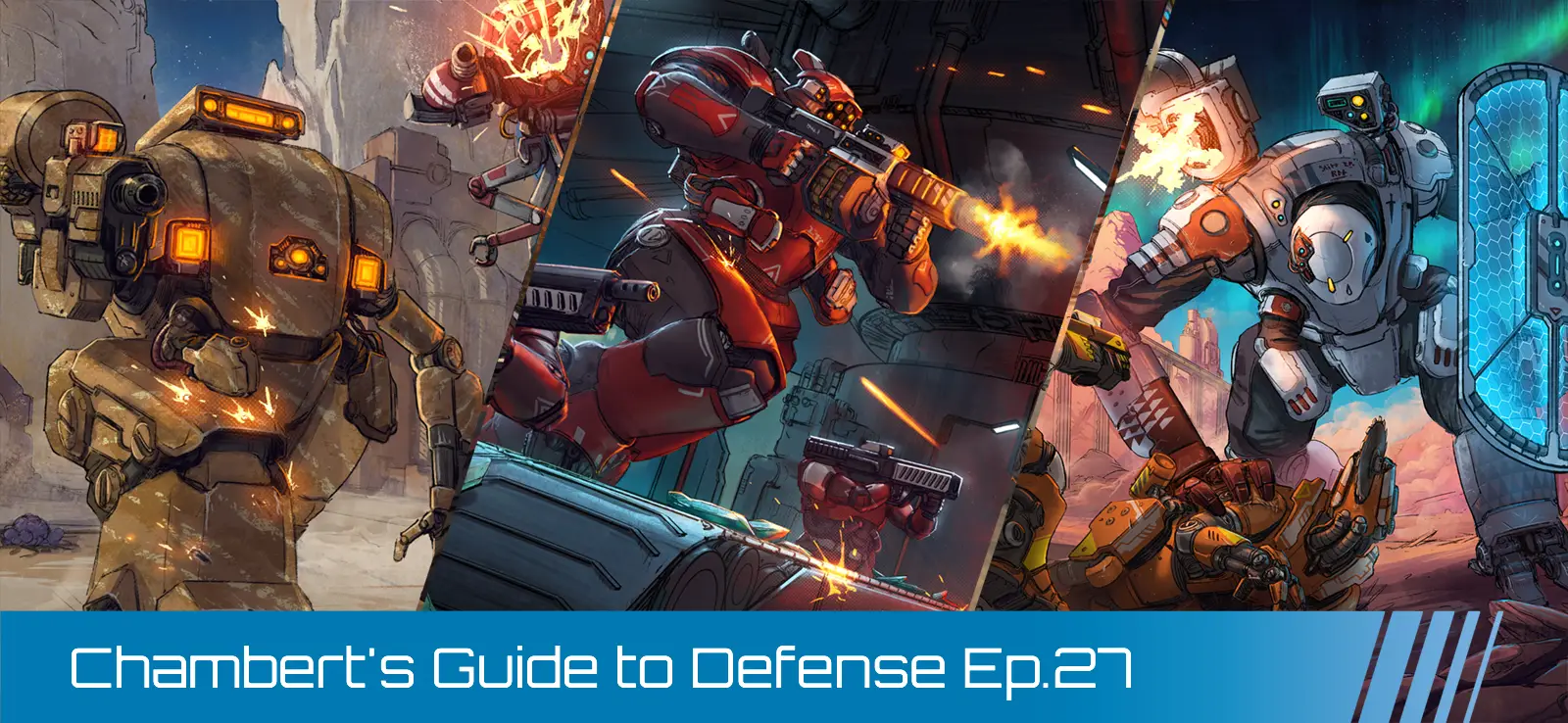
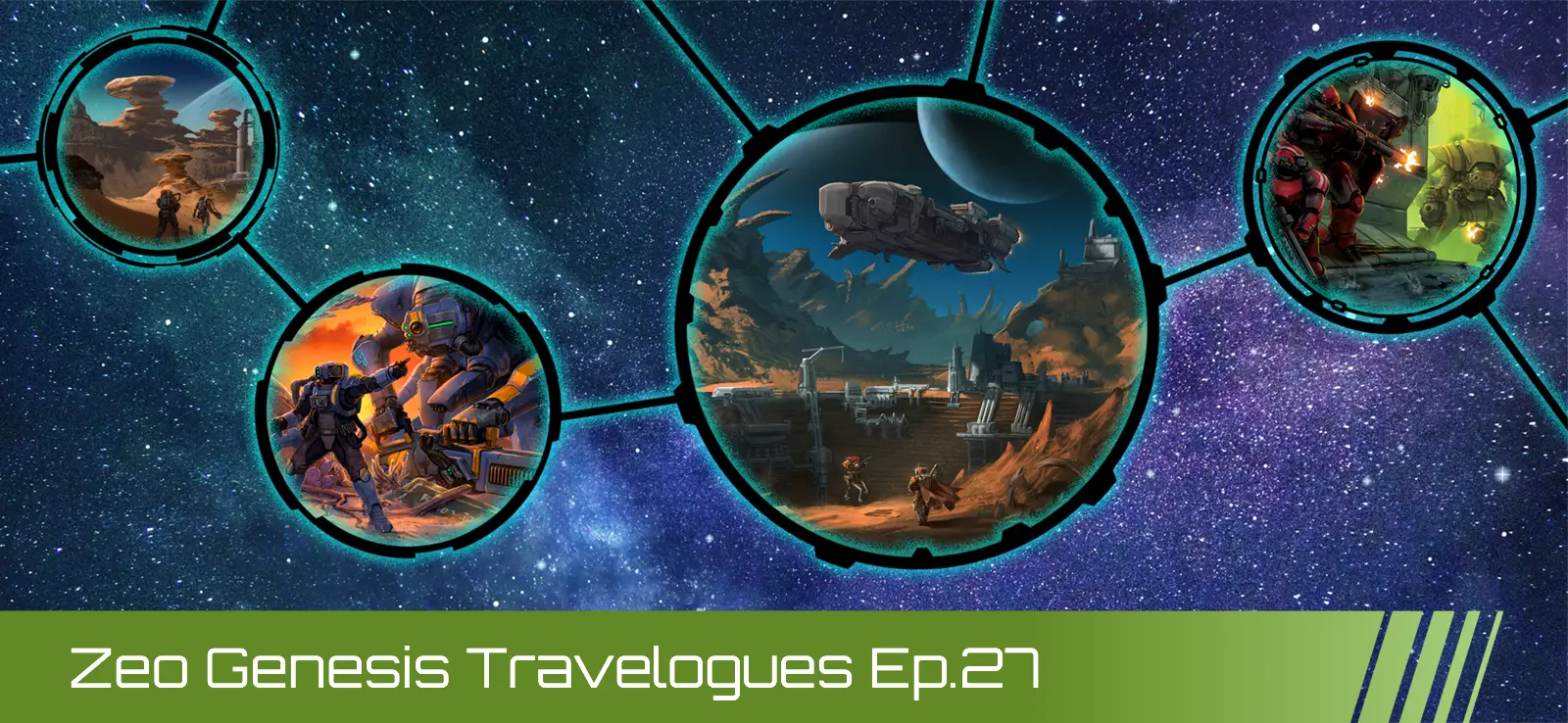
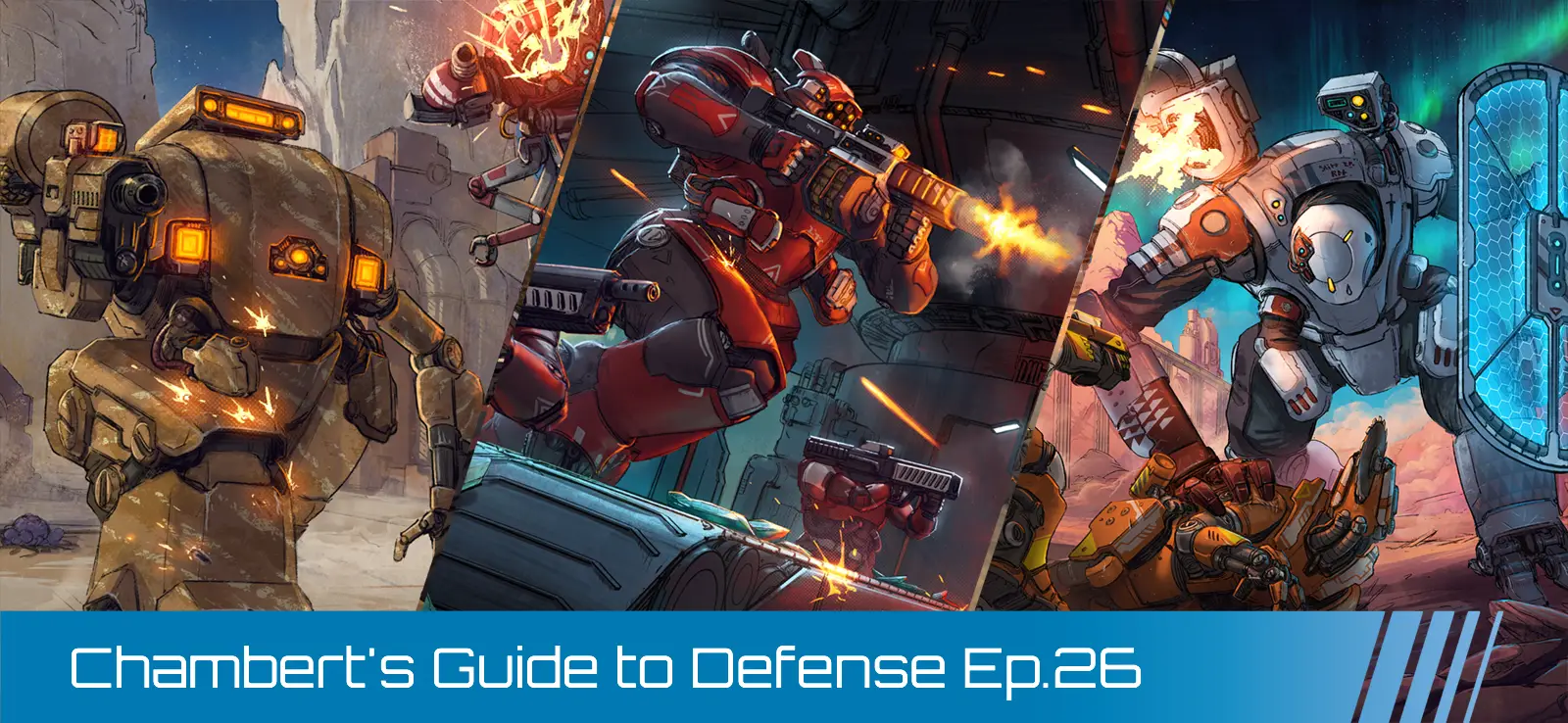
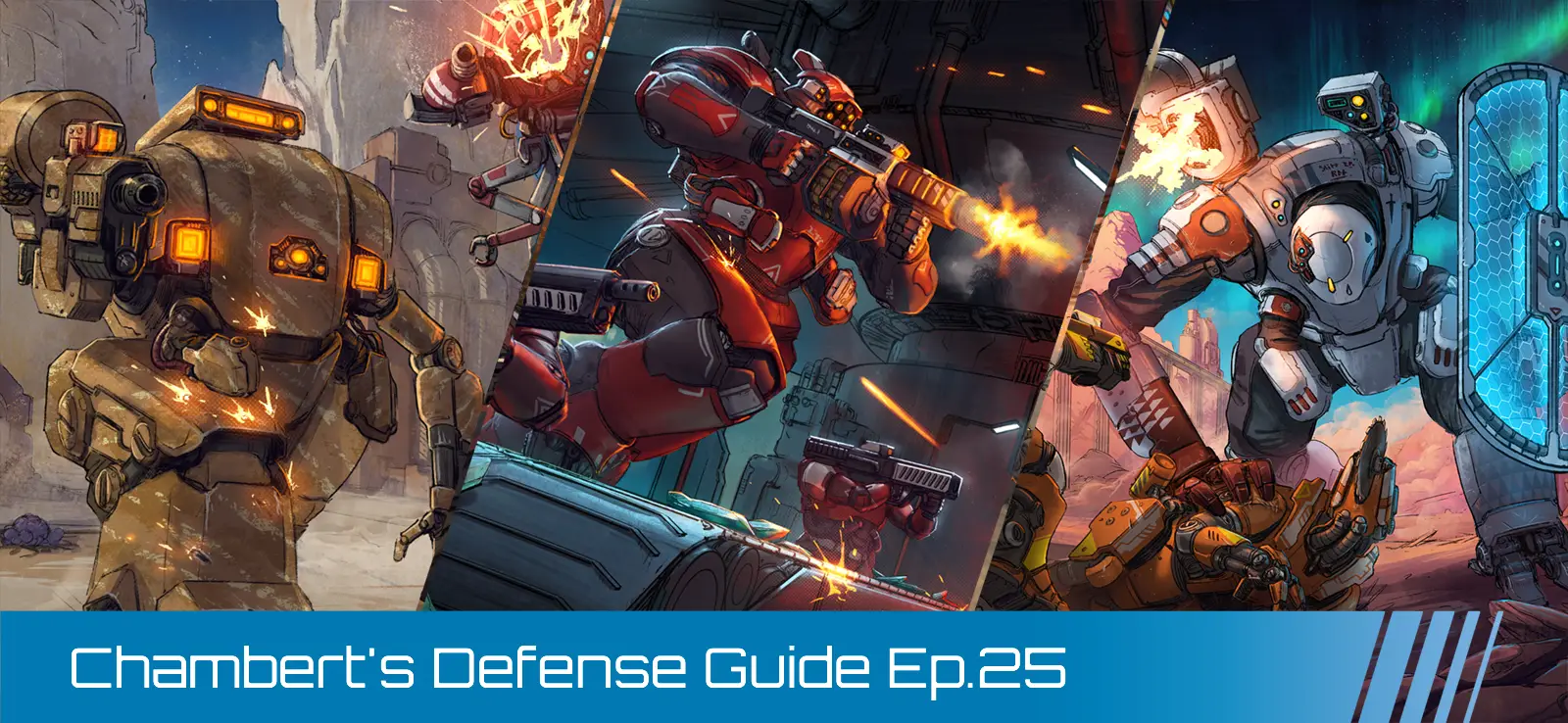
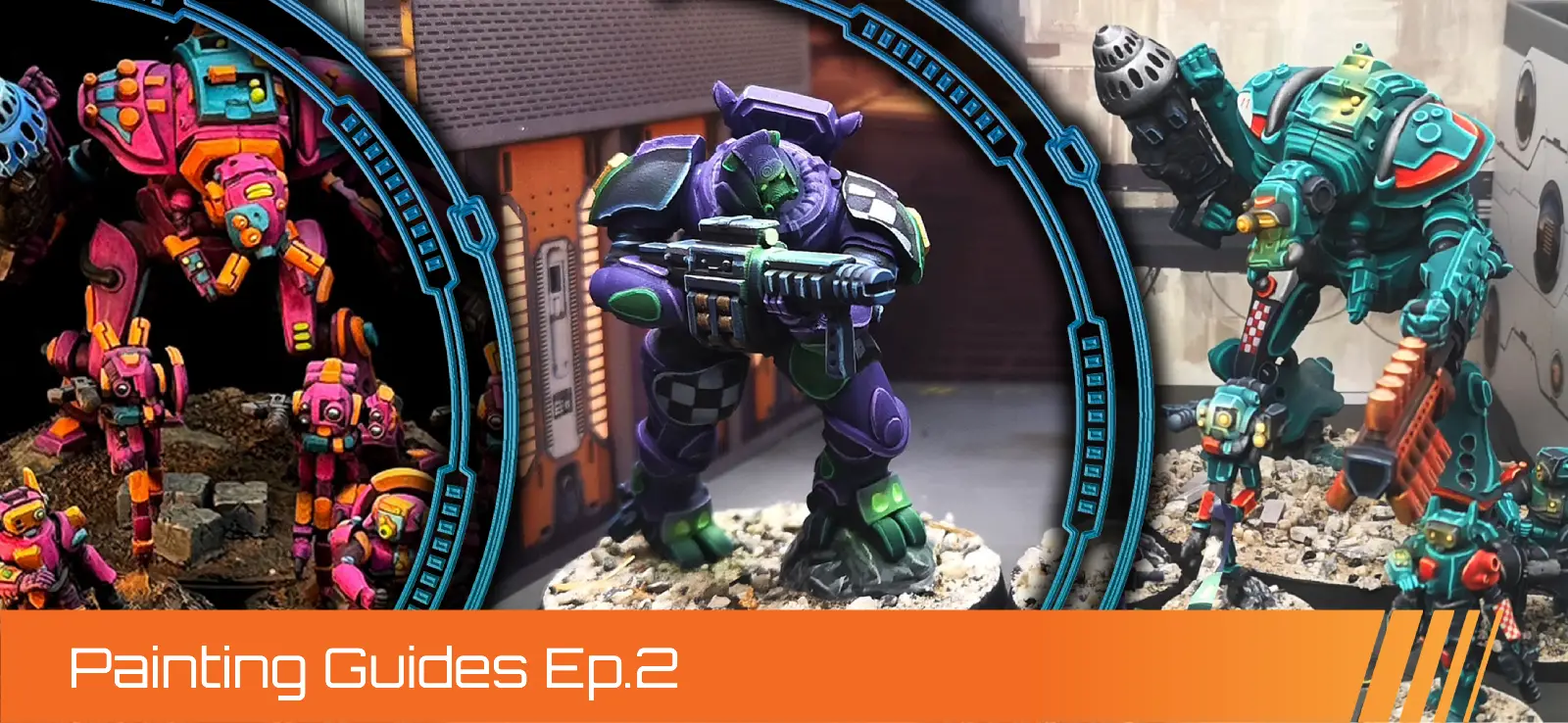
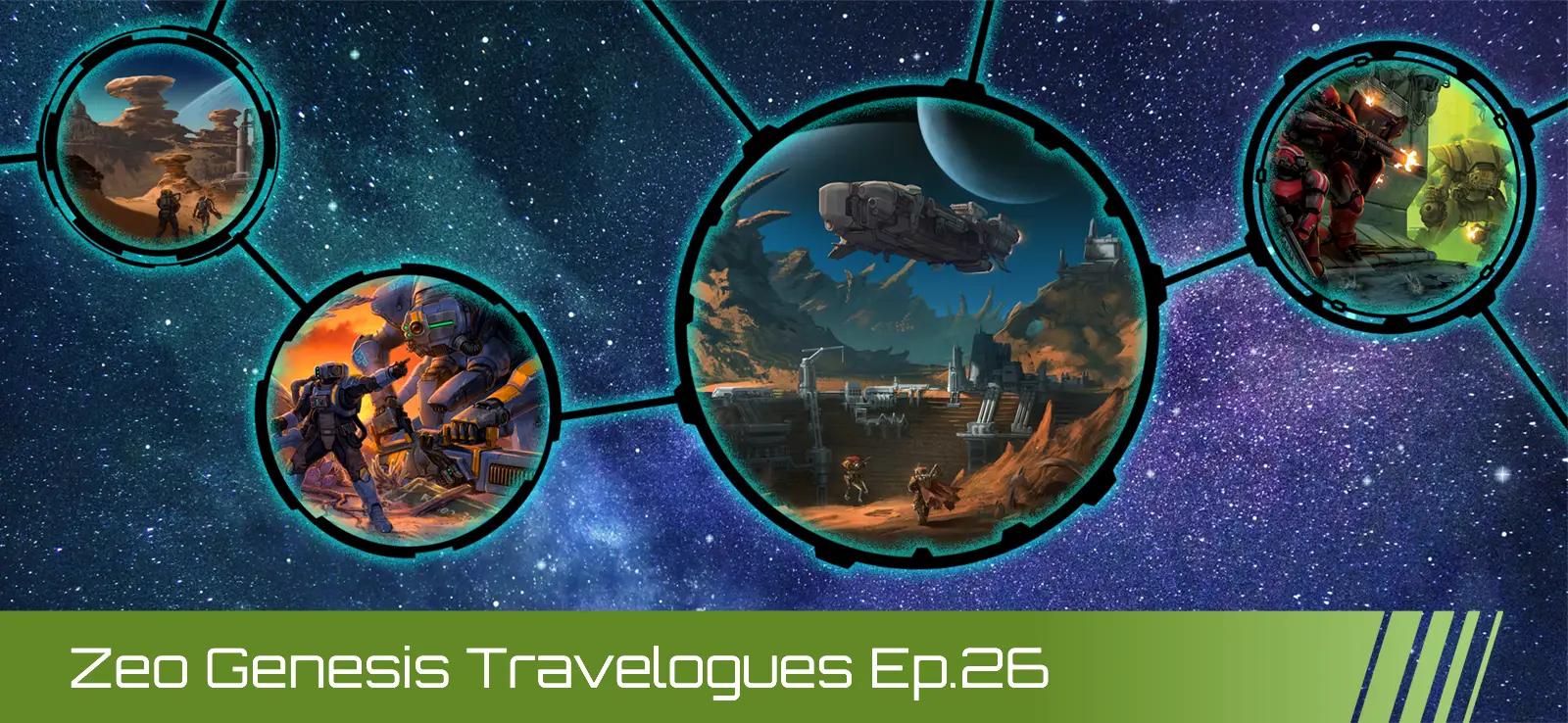

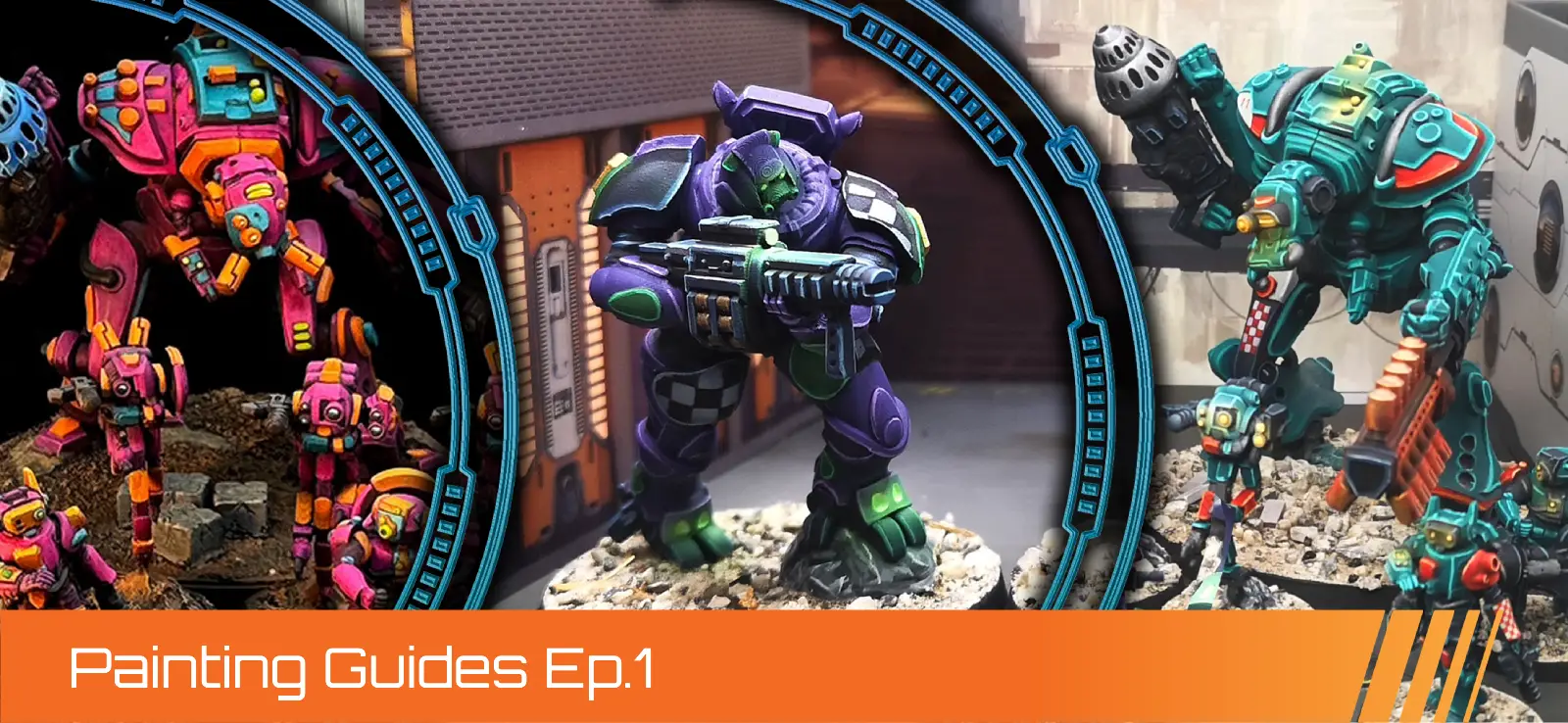
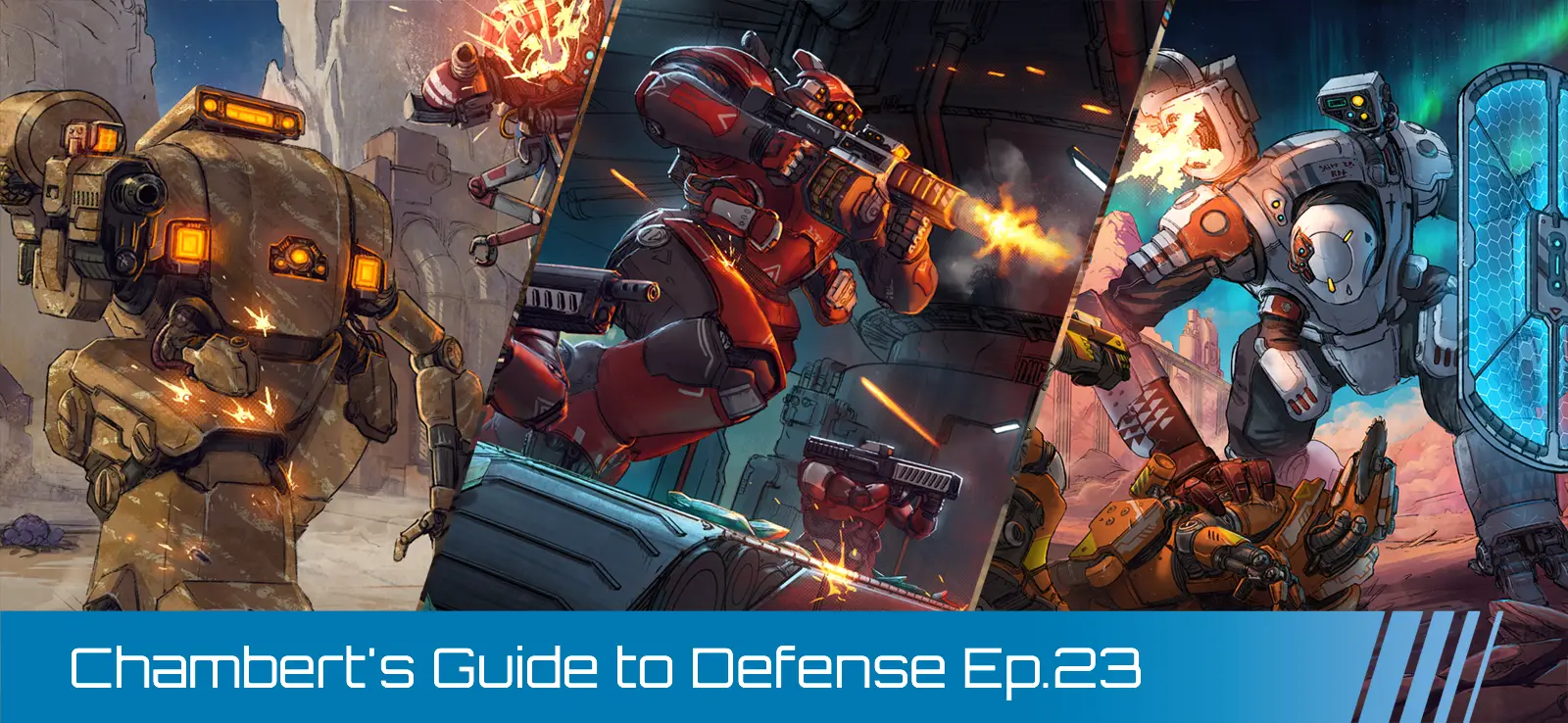
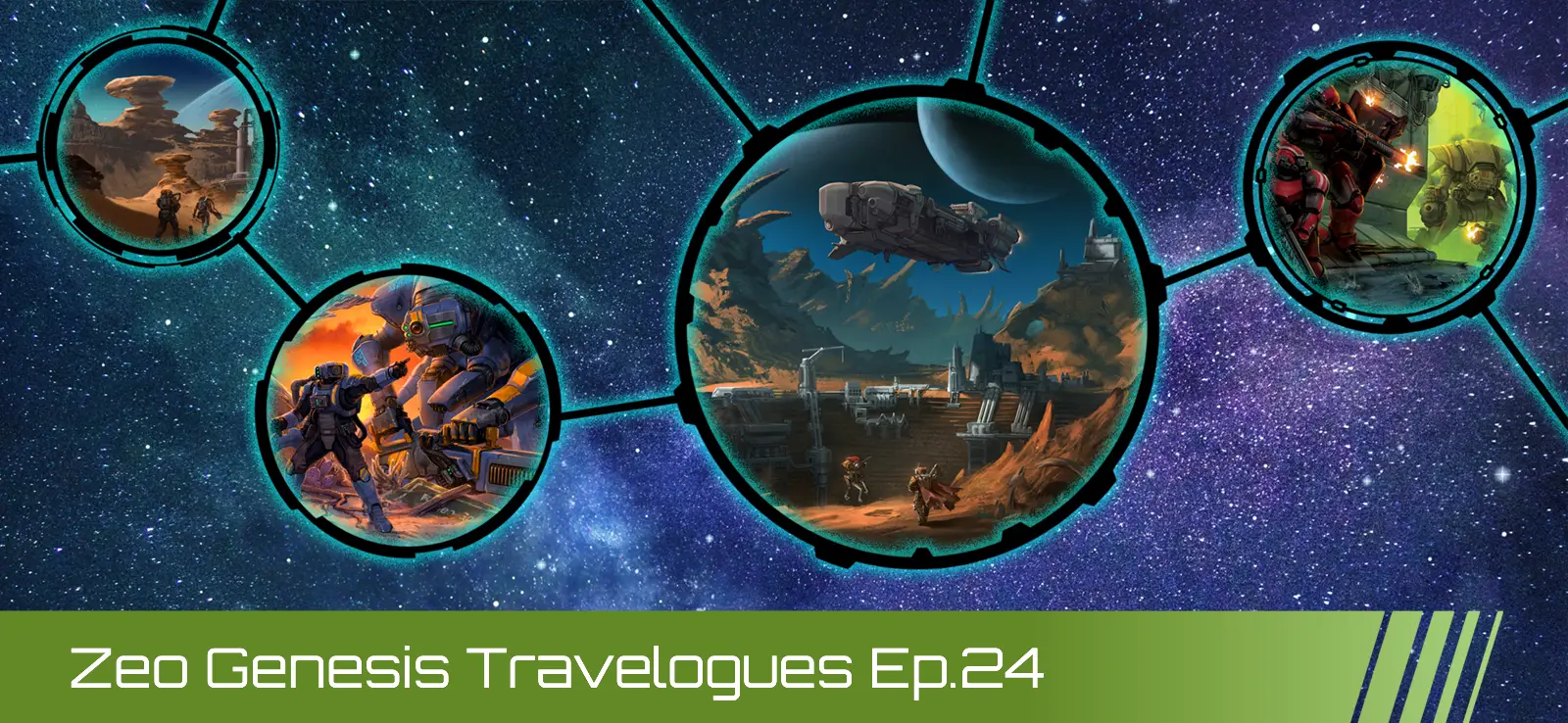
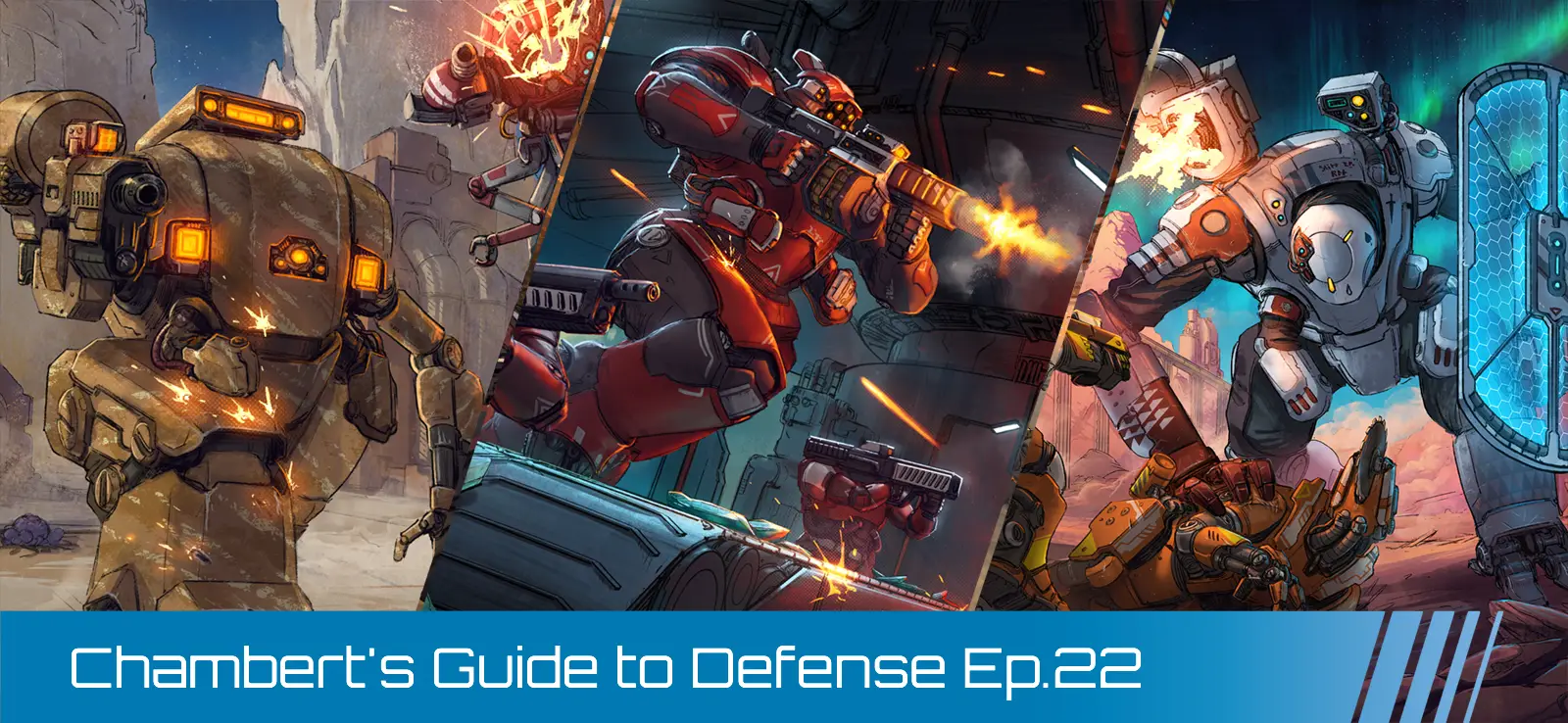
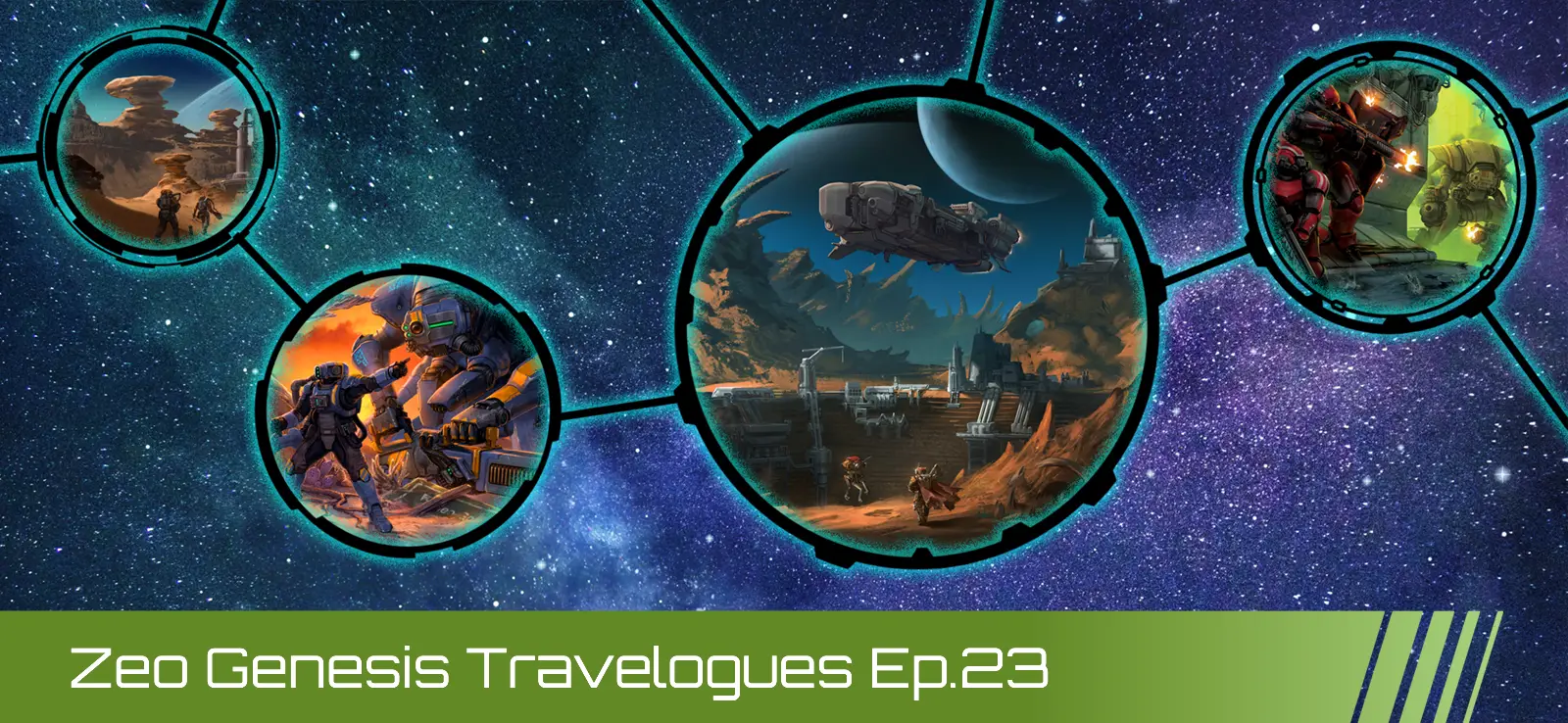
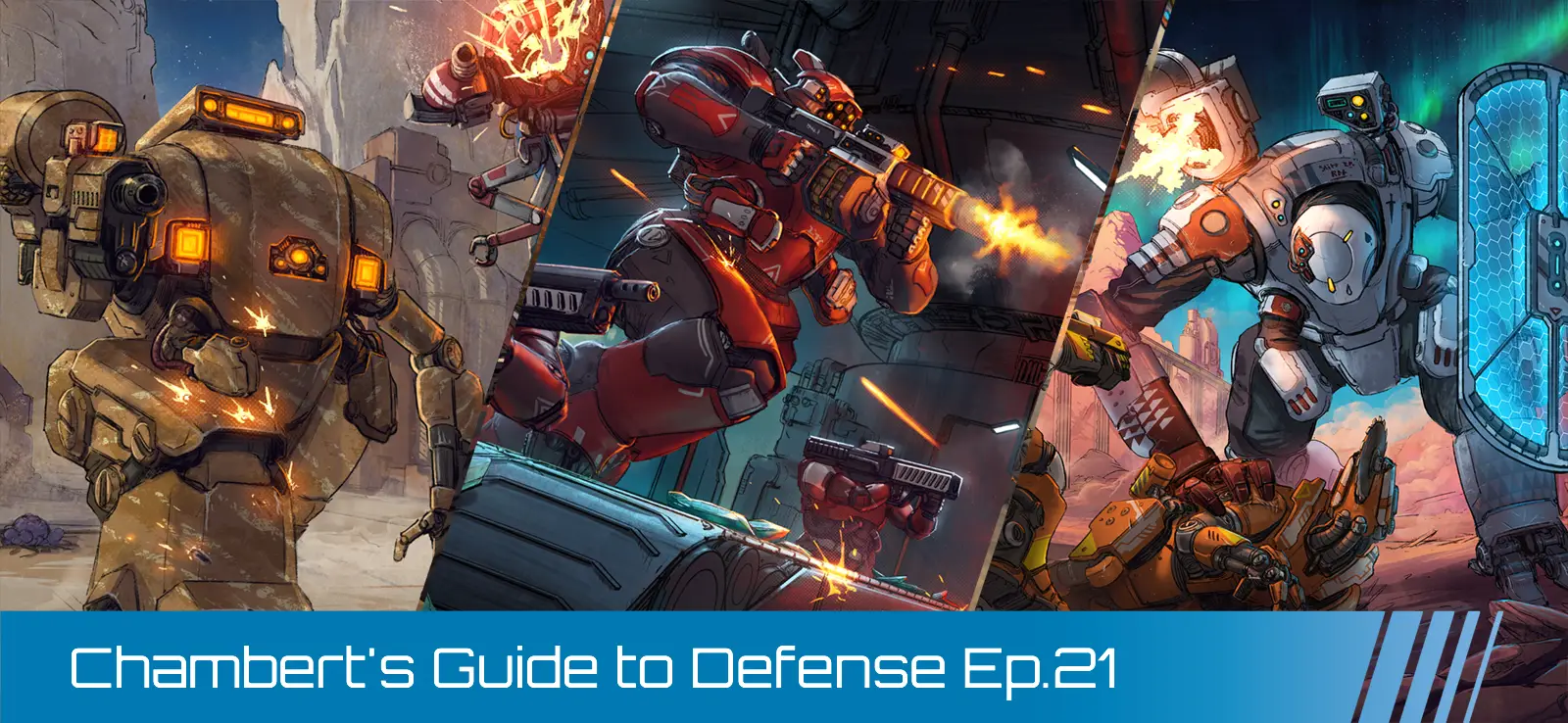
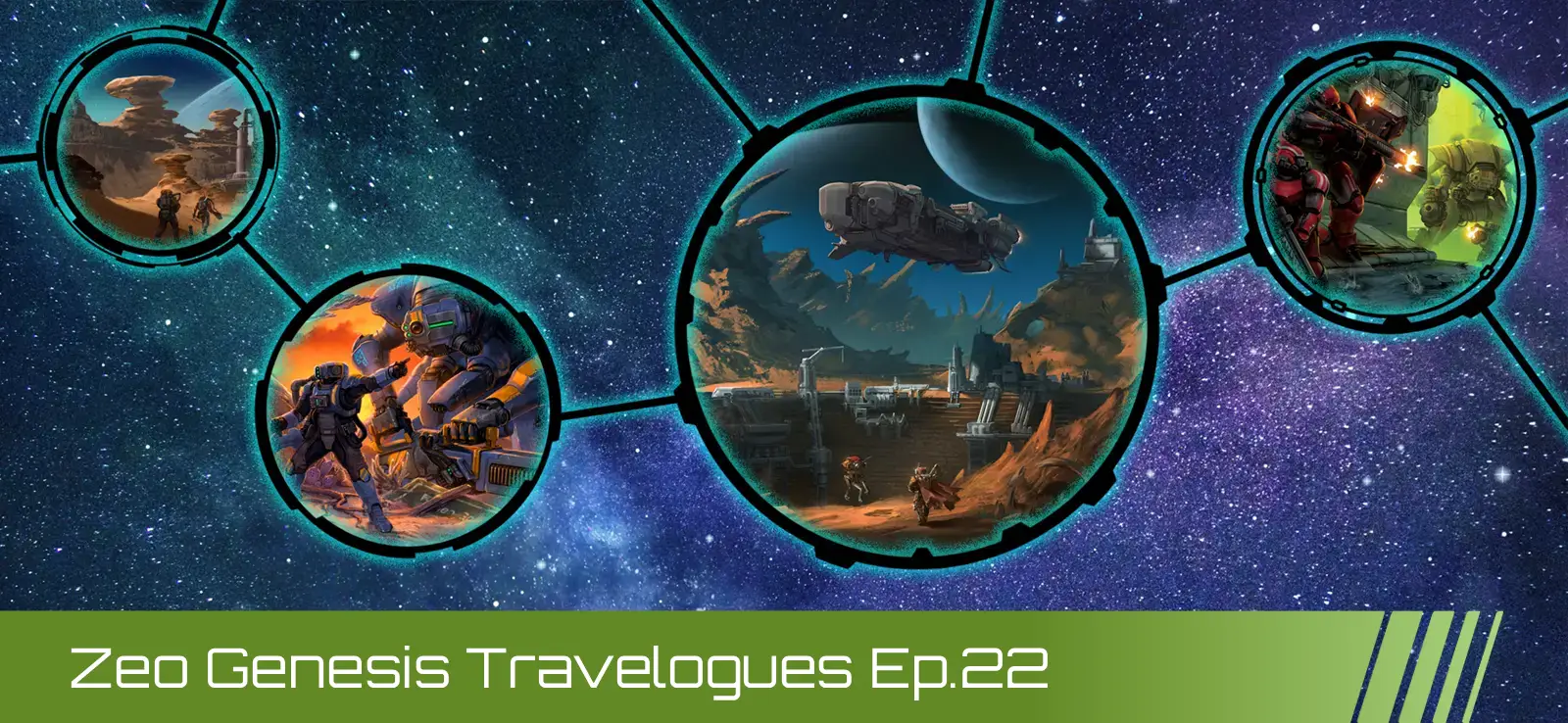
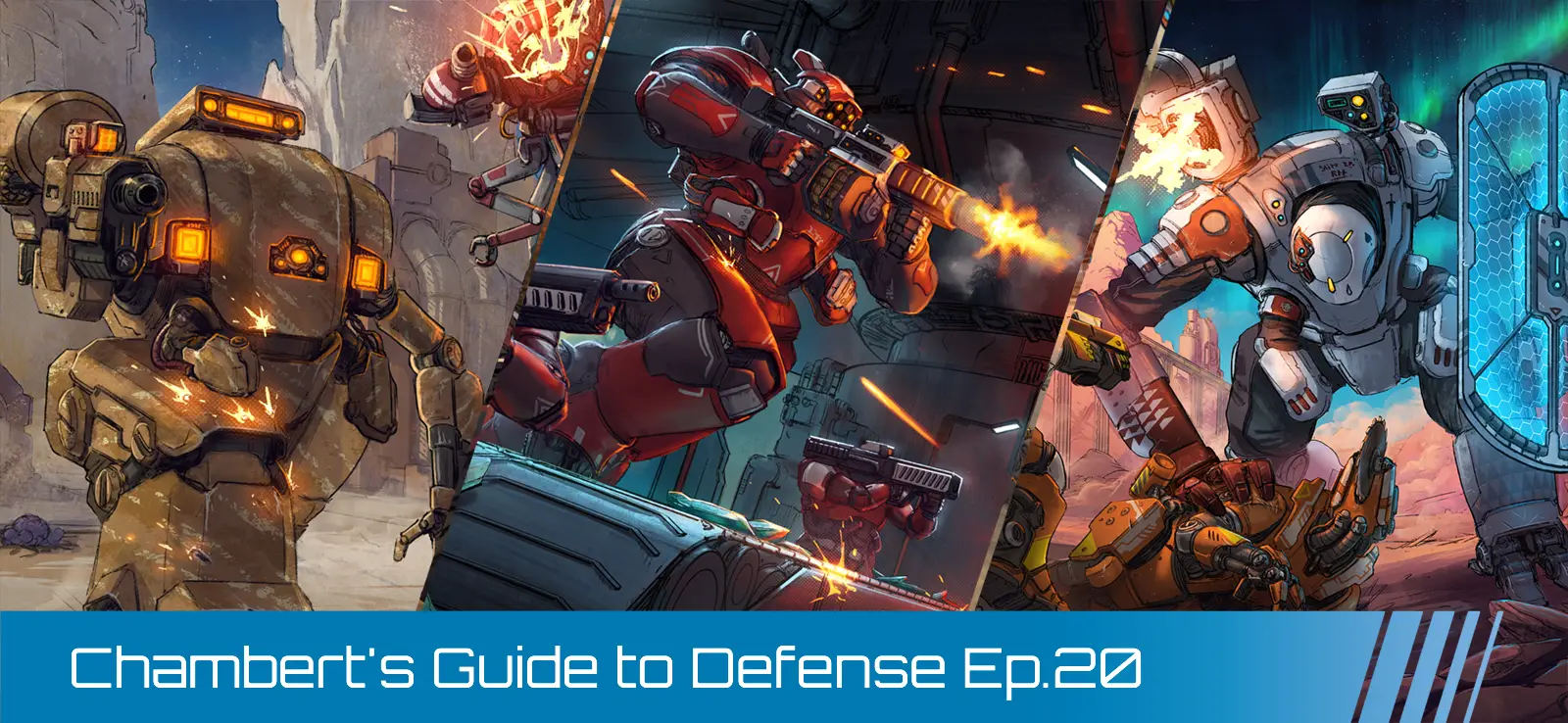
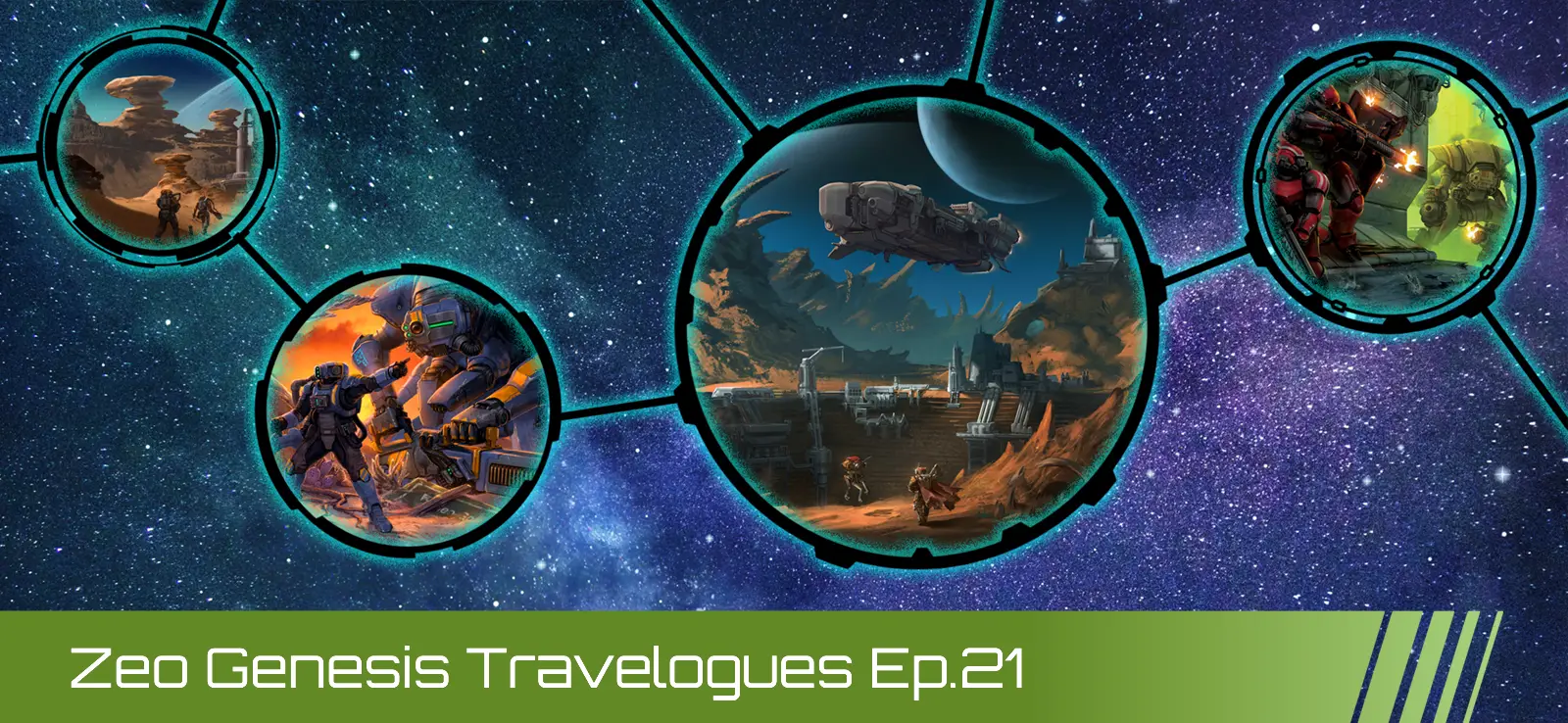
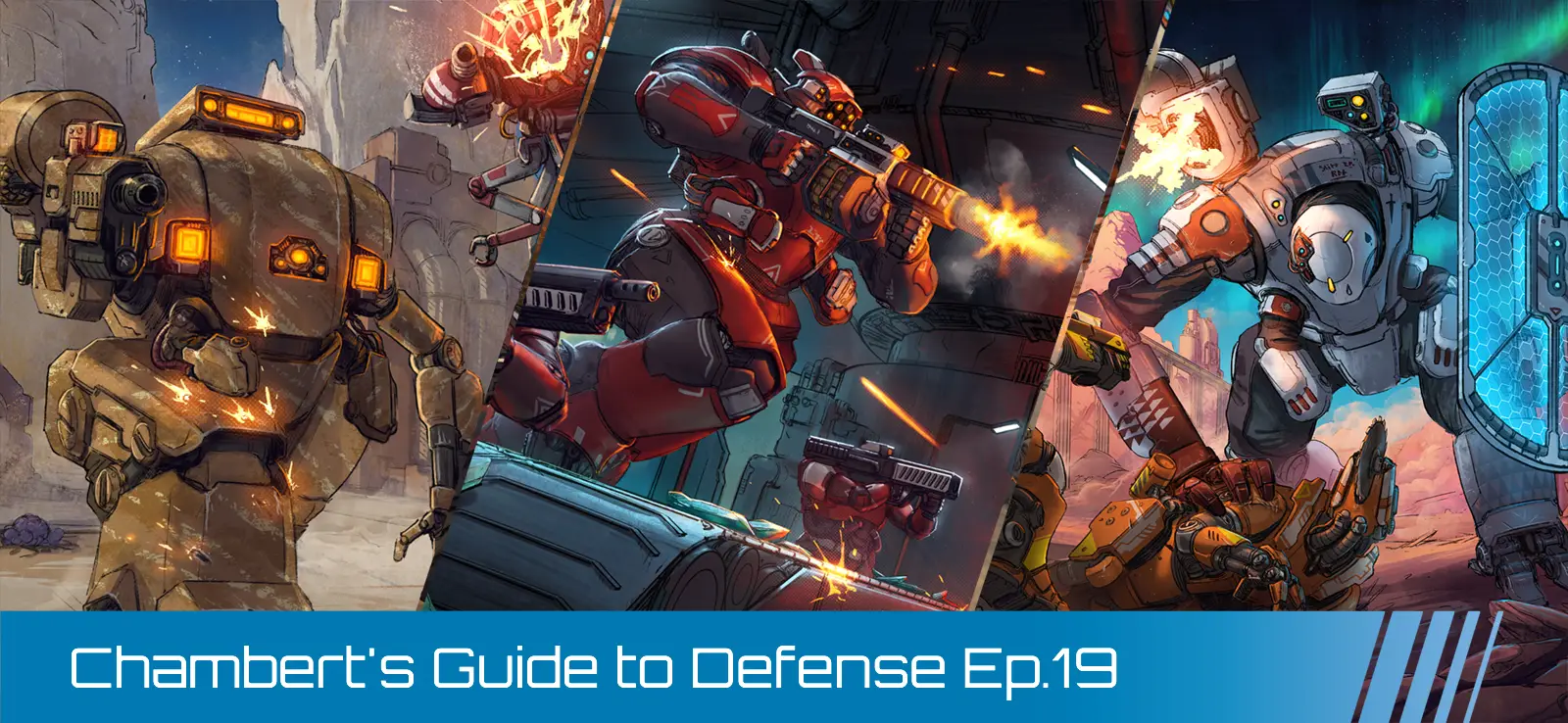



















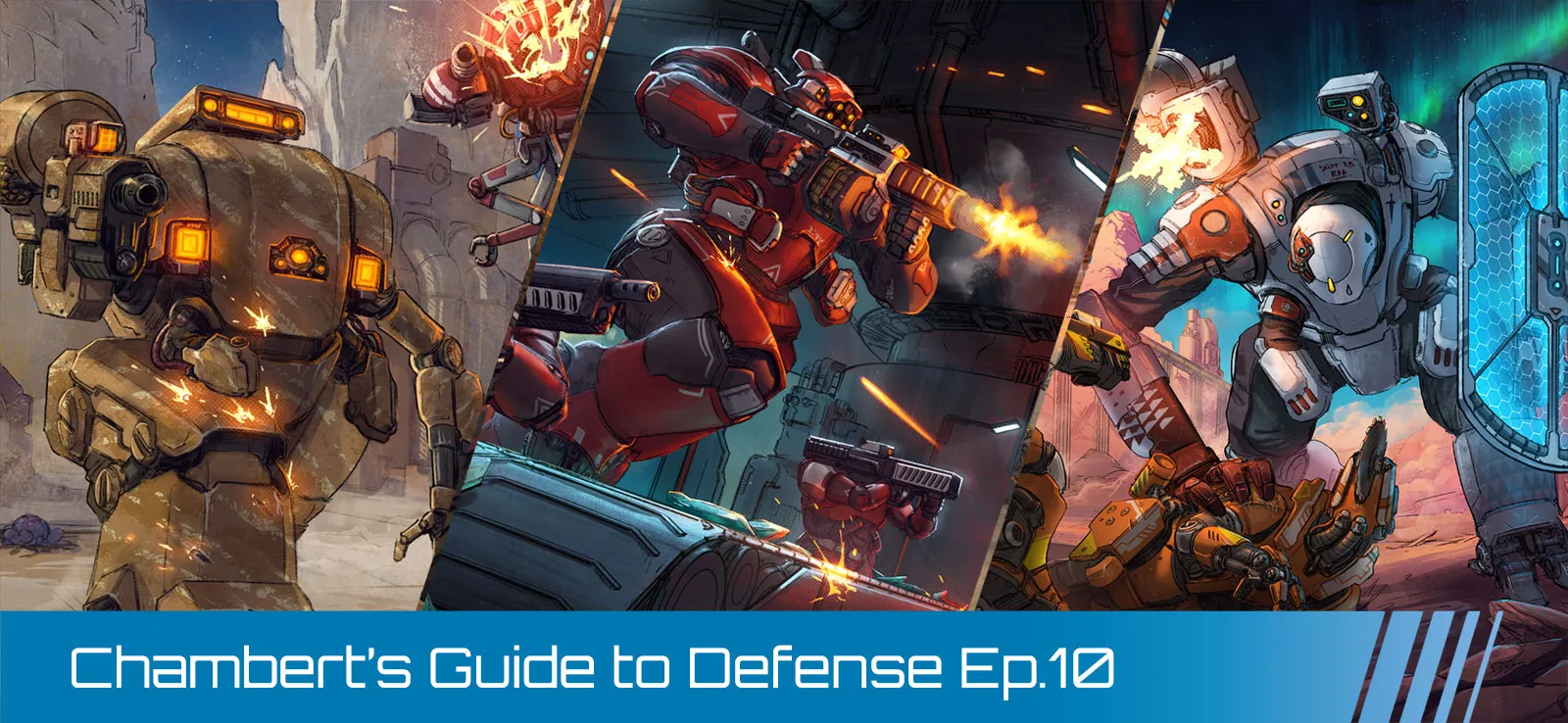















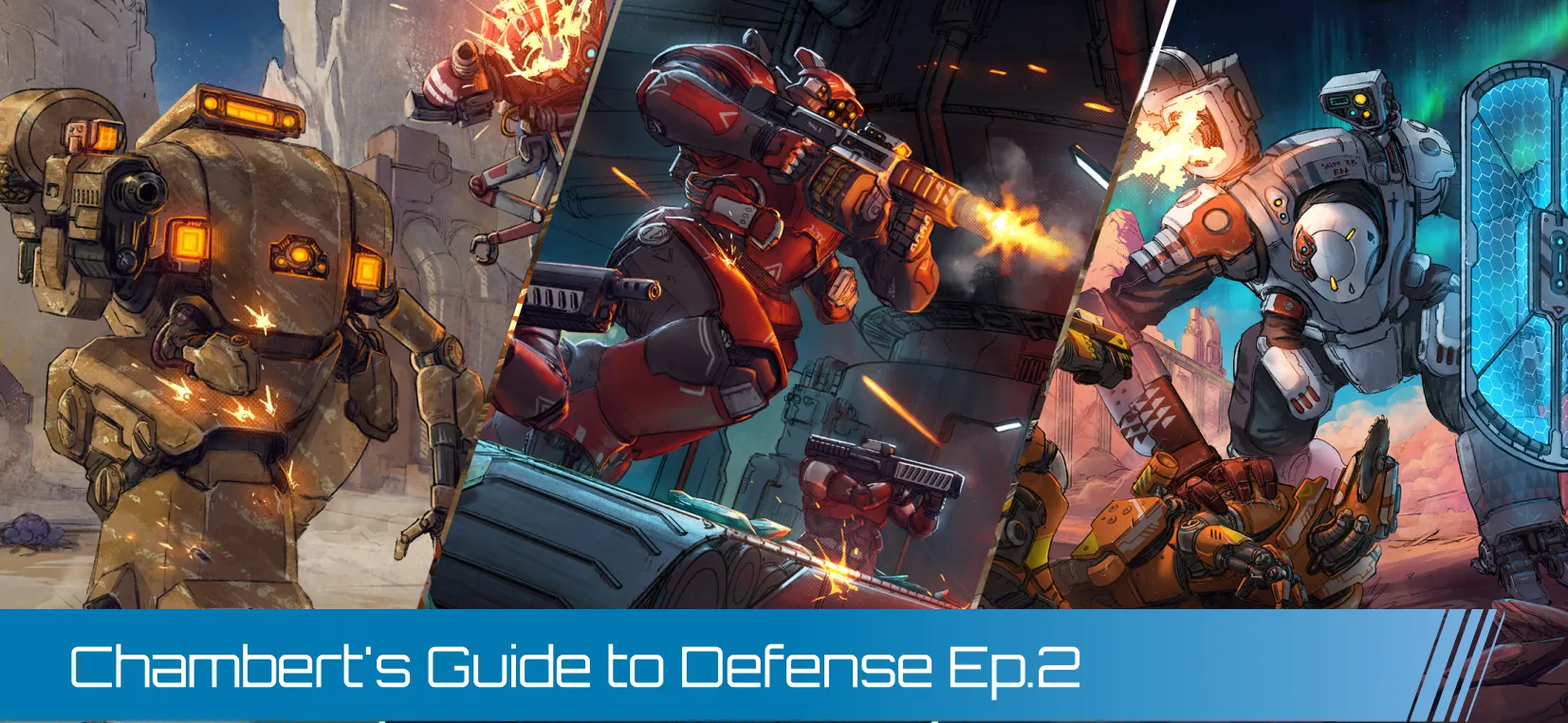



.webp)




